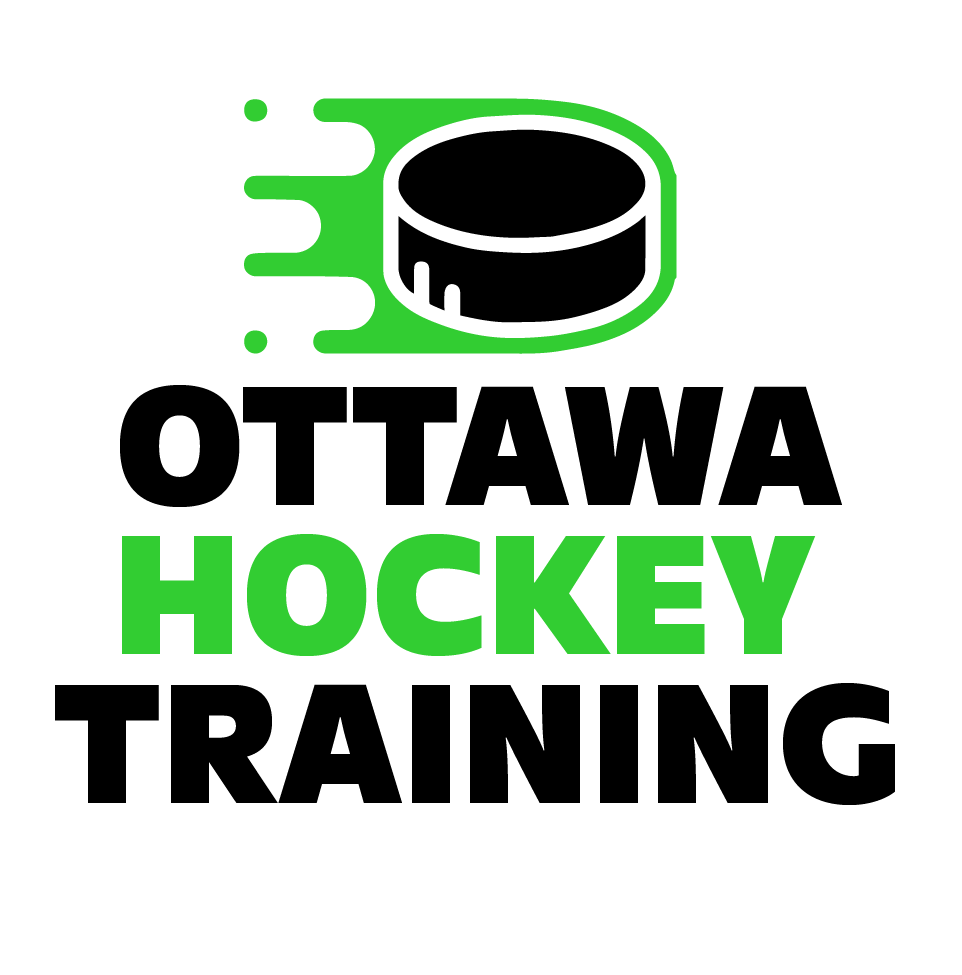
Goalie Training Tips: Net Drives
A couple of weeks ago, we uploaded a goalie training video taken from one of our goalie clinics to our YouTube channel. The video explains how to respond to a net drive, and so far the feedback has been great from parents and team coaches alike. Although the video explains how to execute the drill, it is also important to consider the following elements.
Missed the video, no worries. Here it is:
Visualization
When using a single shooter, it is up to the goaltender to visualize the play around him in order to effectively build muscle memory when facing this situation in a game.
Through visualizing the play around him or her, the goaltender must understand that they should push themselves as hard as they can to be powerful with their movements, remain well balanced while sliding toward where they are visualizing the puck to meet the shooter’s stick, and to trust the shooter’s timing to execute each exercise successfully. During our goalie training sessions, we frequently stress the importance of timing and remaining square to the puck. By building an understanding of the importance of timing, our students become more comfortable with getting their body in front of the puck, rather than one or two limbs (“leading”) which would enable rebound opportunities or gaps in net coverage.
 Challenging
Challenging
The reason for the challenge is the initial recognition of the puck carrier on one side of the ice carrying the puck through the dot lane or along the boards, combined with the recognition of a 2nd threat who is driving the net. By visualizing this scenario, the goaltender understands that any assistance generated by the utilization of backwards momentum will enable them to get from being square to where the pass originates from, to the shot with less effort. However, it is important to note that when faced with this situation during competition, the execution of the slide is truly all about where you drop your lead knee, the angle matching the slide to intercept the redirection from the shooter’s blade, and especially timing.
Timing
Although we may be visualizing this game situation during one of our goalie training sessions, it is important to note the significance of timing combined with positioning and depth.
Applying the slide too early will cause the goaltender to slide out of his crease on a poor angle. Too late will cause the goaltender to slide deeper within his crease and therefore supply the shooter with more of the net to shoot for.
Another issue which should be considered is remaining square to the puck as it is being carried. We often see clips of goaltenders who are focused solely on the anticipation of the pass and are therefore not committed to the shot if it happens. Although the goaltender may be well prepared to slide across his crease to track the pass, goaltenders must always be fully committed to stopping the puck first in order to add an element of control to their game, and avoid letting in questionable, or “weak” goals.
In a nutshell, it simply makes more sense to get as much of the body between the puck and the net and the best way to do this is to combine timing and momentum to ensure that the butterfly slide transition is effectively executed. Looking to learn more about ways to improve your game in this area? Train with us and see what Goalie Army Academy can do for your game.

Leave a Reply